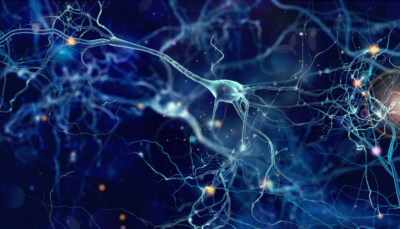STUDY OF ALS SKIN CELLS REVEALS DIFFERENCES AMONG PEOPLE LIVING WITH ALS
Many doctors say it: “Every case of ALS is different.”
It’s true—no two cases of ALS seem to present or unfold in the exact same way. While ALS cases have some similarities, we still don’t know much about why cases are different. As we learn more about differences, we can better personalize therapies.
That’s why Project ALS recruited renowned mathematicians Steven J. Altschuler and Lani F. Wu (UCSF) to lead their first ALS study. We wanted to see if the platform they had developed to identify patient subgroups in cancer and other diseases might work in ALS.
A new study out of the University of California San Francisco (UCSF) and the Project ALS Therapeutics Core (Developmental Cell (June 14, ‘24))—which uses machine learning to analyze thousands of minute changes in ALS patient skin cells—indicates clear “disease signatures” among people living with ALS.
But ALS is complex, and the important findings in this paper didn’t come as easily to Altschuler and Wu as they had in other diseases. Their team started by screening skin cells donated by people living with ALS harboring a range of genetic mutations or the so-called “sporadic” disease, and did not identify one uniform signature that separated skin cells from people with ALS from those without the disease.
With input and more samples from Core collaborators, the team refined their approach, and struck gold: their discovery platform could clearly identify, from the hundreds of skin samples from people with ALS and healthy controls, the ALS samples carrying a FUS mutation. Their analysis could also correctly identify pre-symptomatic FUS-ALS patients and those that had converted from pre-symptomatic to symptomatic FUS-ALS during the course of the study. Even more exciting: when these skin cells were treated with the FUS ASO known as jacifusen (now ION363/ulefnersen), they “moved” toward the healthy category in the platform.
Project ALS is encouraged by the results of the pilot study. The Altschuler-Wu approach could uncover critical ALS disease biomarkers. Doctors and people living with ALS might use these precision biomarkers to chart individual disease progression, create custom therapeutic interventions, and assess the effects of a given drug.
So what’s next? Altschuler & Wu are expanding the initial FUS-ALS findings to all forms of ALS, to try to apply these findings to the broad “sporadic” population that affects 90% of those diagnosed.



